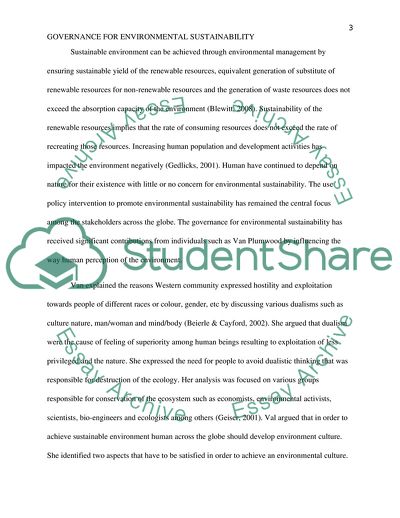Cite this document
(Governance for Environmental Sustainability Coursework, n.d.)
Governance for Environmental Sustainability Coursework. https://studentshare.org/environmental-studies/1839267-governance-for-environmental-sustainability
Governance for Environmental Sustainability Coursework. https://studentshare.org/environmental-studies/1839267-governance-for-environmental-sustainability
(Governance for Environmental Sustainability Coursework)
Governance for Environmental Sustainability Coursework. https://studentshare.org/environmental-studies/1839267-governance-for-environmental-sustainability.
Governance for Environmental Sustainability Coursework. https://studentshare.org/environmental-studies/1839267-governance-for-environmental-sustainability.
“Governance for Environmental Sustainability Coursework”. https://studentshare.org/environmental-studies/1839267-governance-for-environmental-sustainability.


